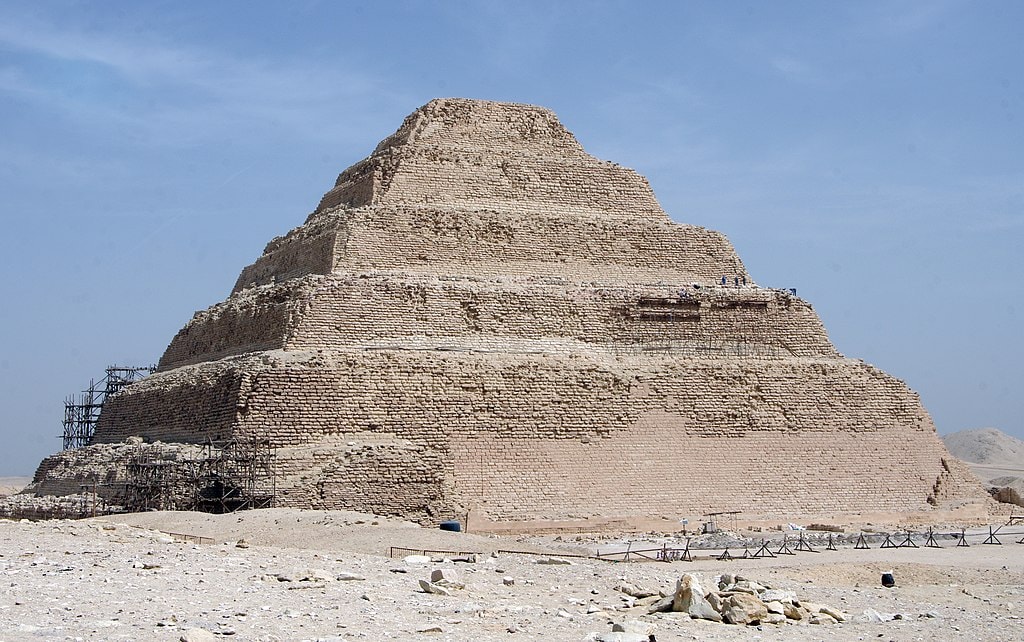The Great Pyramids of Giza are famous for being a Pharaoh’s tomb, but they are also a detailed record of ancient Egyptian life. In Ancient Egypt, the Pharaoh was considered a god, and grand tombs and temples were built to protect their remains and usher them into the afterlife. However, the story of the people who built the pyramids is just as significant. About 20,000 laborers and 16,000 to 20,000 support people worked on the pyramid project in Giza, quarrying and hauling stone, building ramps, providing food and water, and supervising the worksite. Despite this massive workforce, it still took 20 to 30 years to build a pyramid, using 6.5 million tons of stone.

ADVERTISEMENT - CONTINUE READING BELOW
Mastaba and Stepped Pyramid
The Great Pyramid of Giza was not the first pyramid of ancient Egypt. Preceding tombs of Pharaohs and nobility worked toward that design for centuries. Earlier above-ground tombs in Ancient Egypt were mastaba, trapezoidal buildings with a complex system of tunnels and chambers as a secure place for the dead to rest and prepare for the afterlife. As Egypt grew in power, the tombs of the Pharaohs and nobility grew, too. Soon, a smaller mastaba was stacked on top of another, then another, to create a stepped pyramid, such as the Pyramid of Djoser in Saqquara, Egypt, built 2610 BCE. As these stepped pyramids grew in height and size, Pharaohs experimented with the idea of filling in the ‘steps’ and creating a smooth-sided pyramid. It did not go well at first.

